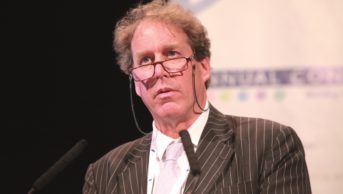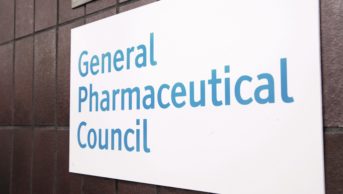
Shutterstock.com
Just over half (51%) of the pharmacists who took part in The Pharmaceutical Journal’s 2020 salary survey said they are never given protected learning time.
The issue was most pronounced in community pharmacy, with almost three-quarters (72%) of the 456 community pharmacy respondents saying they were never able to set aside protected time for learning. Around half (51%) of the 432 hospital pharmacists who took part in the survey said the same.
Among general practice (GP) and primary care network (PCN) pharmacists, almost a fifth (19%) of the 165 respondents reported that they never have protected learning time.
There was a similar picture with structured training, with 39% of respondents from across the sector reporting that they were never given any structured training. This rose to 50% among community pharmacists and 41% among hospital pharmacists. In general practice and PCNs, 19% of respondents said they were never given structured training.
When asked about barriers to doing their job properly, 34% of hospital pharmacists said that a lack of training and development was a barrier. The figures in community and GP/PCN pharmacy were 30% and 23%, respectively.
The Royal Pharmaceutical Society’s (RPS’s) Workforce Wellbeing campaign calls for all pharmacists to have access to protected learning time to support and enable their professional development. The Society’s recent policy document, ‘The future of pharmacy in a sustainable NHS: key principles for transformation and growth’, also made the point, calling for learning time to be both protected and funded.
“We’ve consistently emphasised that funded, protected learning time must be embedded within pharmacy workforce planning,” Sandra Gidley, president of the RPS, said.
“For pharmacists, protected learning time is crucial to maintain and advance their practice, and for the public it provides an assurance that increasingly complex pharmacy services are delivered safely and to a high standard.
“We are committed to doing all that we can to make this a reality. It’s part of our policy asks, the future of pharmacy, and we call on employers and commissioners to join us to drive this agenda forward.”
DISCLAIMER:
The Pharmaceutical Journal salary and satisfaction survey 2020 included 1,451 pharmacists and was analysed by independent academic statisticians at the University of Aberdeen. Figures for this story were taken from responses from 1,409 non-locum pharmacists. In the survey, community pharmacists were under-represented compared with all Royal Pharmaceutical Society members (35% vs. 50%). Hospital and primary care pharmacists were over-represented (33% vs. 23% and 13% vs. 6%, respectively). Industry pharmacists were slightly over-represented (5% vs. 6%), while academic pharmacists were roughly comparable (3% vs. 3%). The results displayed are for non-locum pharmacists only.

